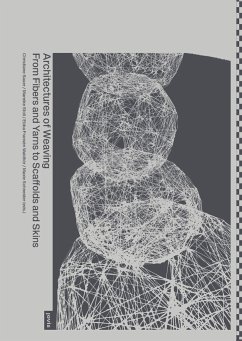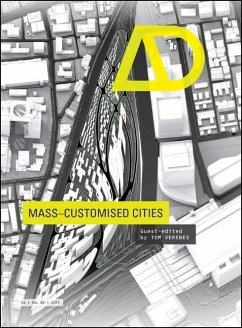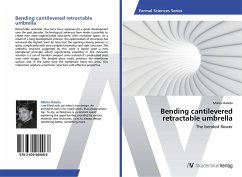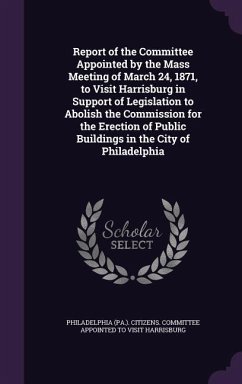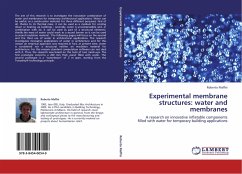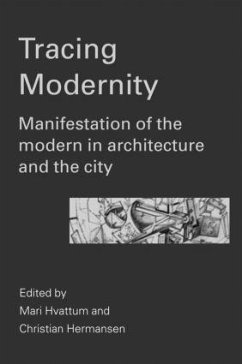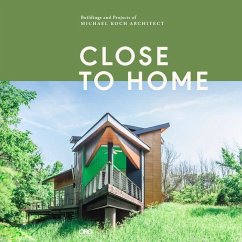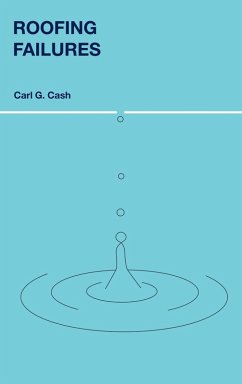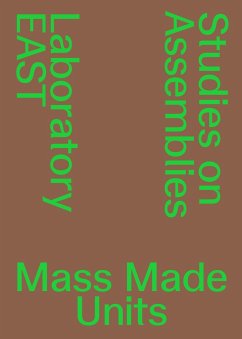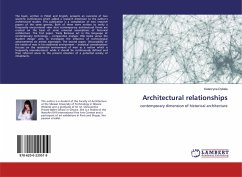
Mass to Membrane
Ftl Design Engineering Studio
Herausgeber: Hout, Julia Van Den
Versandkostenfrei!
Versandfertig in über 4 Wochen
33,99 €
inkl. MwSt.

PAYBACK Punkte
17 °P sammeln!
In Western culture, from an early age we are ingrained with the notion that weight in building construction equals strength as evinced even in children's stories such as the "The Three Little Pigs." This idea of the relative strength of mass pervades our culture as a fundamental truth, but heavy materials are not intrinsically stronger than lighter ones. While time will be needed to remove the biases that we carry in our cultural DNA, our perception of strength has begun to shift. If we look at the historical evolution of architecture-from the massive pyramids of Egypt to the framed structures...
In Western culture, from an early age we are ingrained with the notion that weight in building construction equals strength as evinced even in children's stories such as the "The Three Little Pigs." This idea of the relative strength of mass pervades our culture as a fundamental truth, but heavy materials are not intrinsically stronger than lighter ones. While time will be needed to remove the biases that we carry in our cultural DNA, our perception of strength has begun to shift. If we look at the historical evolution of architecture-from the massive pyramids of Egypt to the framed structures of Greek and Roman construction, to the lighter Gothic vaulting and eventually modern architecture of the twentieth century-we see a continuous, almost linear progression from solid mass construction to diaphanous skins of glass and steel. This is our historic journey from mass to membrane. In Mass to Membrane, Nic Goldsmith presents the continuing evolution of building materials, from heavy stone structures to luminous, lightweight, flexible, and environmentally responsible structures. Through nine narrative chapters and samples from Goldsmith's own extensive portfolio of lightweight tensile structures, the book explores how we can use less material and be more sustainable through the use of new composite materials, computation analysis and digital patterning.



